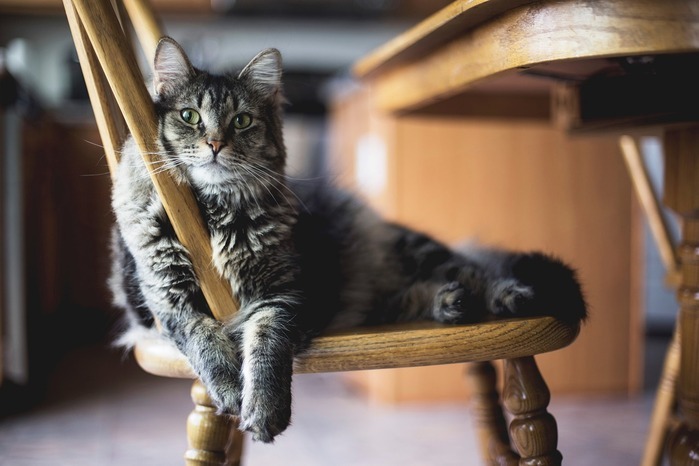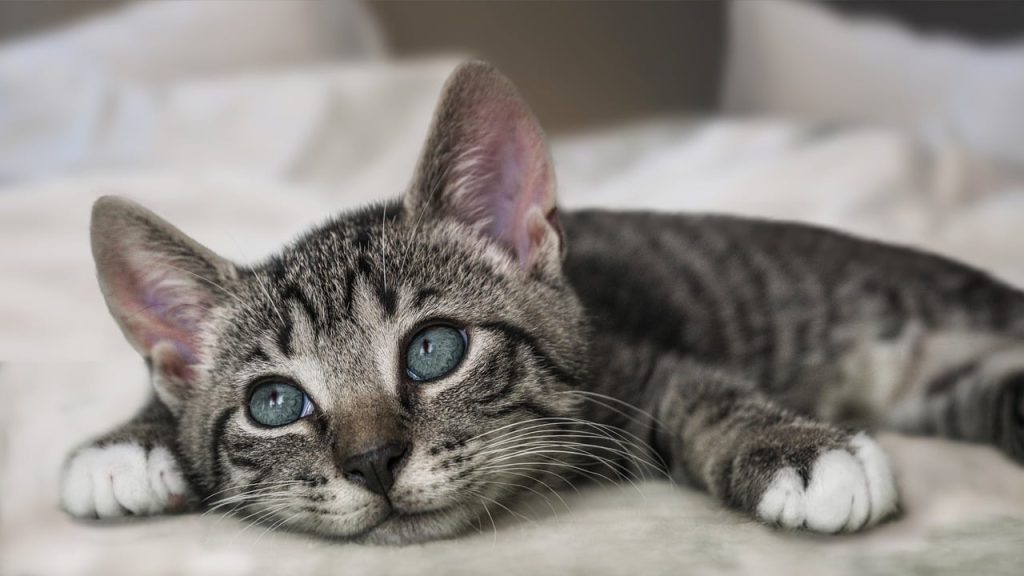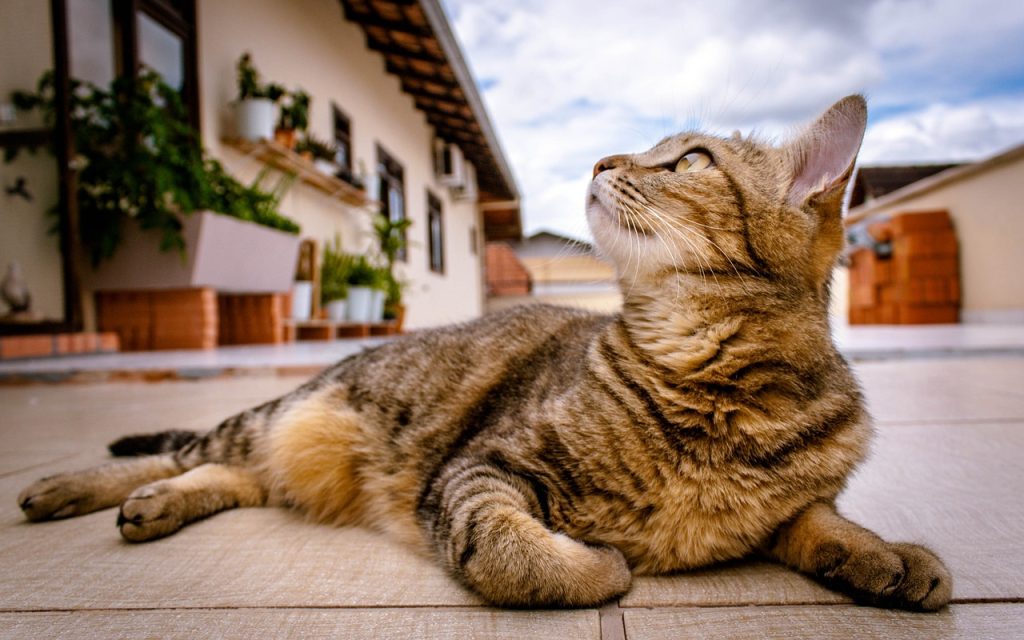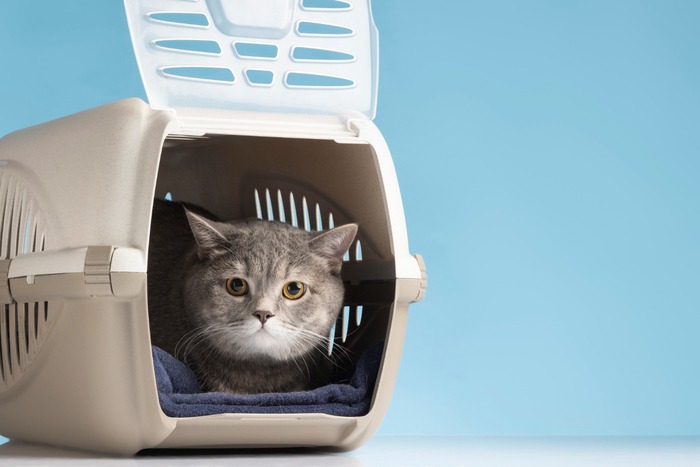What Size Litter Box Should I Pick For My Cat? The "Just Right" Guide
We independently research, review, and recommend the best products—If you buy something through our links, we may earn an affiliate commission.
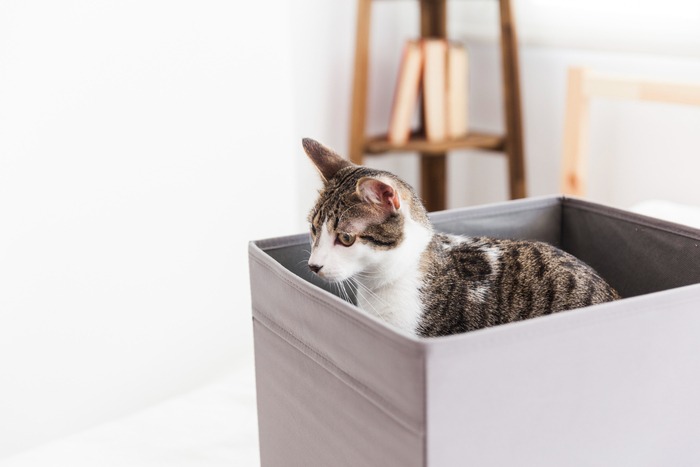
What size litter box should I get? This is one of several questions that every cat owner considers before selecting a suitable litter box.
The short answer is: the bigger, the better. In fact, when given a choice, cats will always choose the largest litter box in the room.
We thoroughly investigated the guidelines and how they were made. We also performed a quick comparison to check if the market satisfied these criteria.
In this post, we’ll share our results to help you find the ideal litter box size that’ll keep your fluffy pet happy
General Guidelines
According to the Cat Friendly Veterinary Environment Guidelines published in the Journal of Feline Medicine and Surgery, the litter box should be 1.5 times the length of your cat from the nose to the tip of the tail. Whereas the width should be equivalent to your cat’s length, the tail is not included.
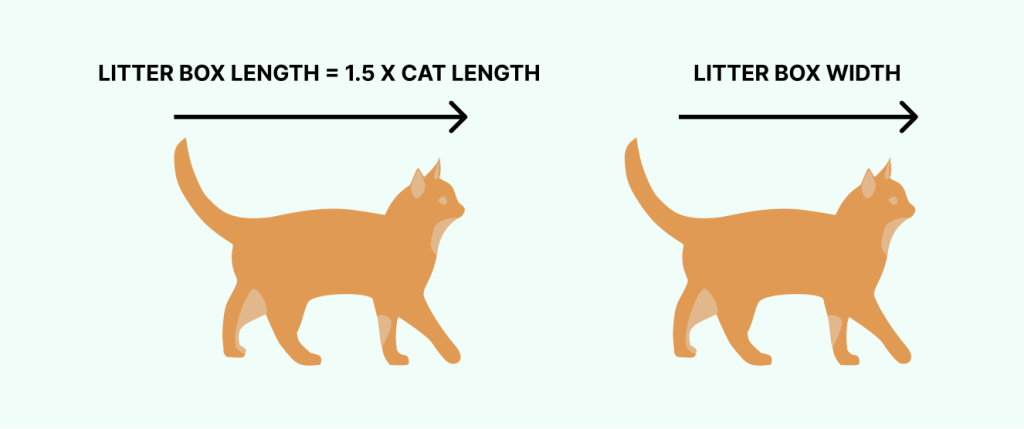
Theory vs Practice
The average cat measures 28 inches long (18 inches without the tail). By following the above guidelines, we’ll need a litter box that measures 42” long by 18” wide. Which clearly doesn’t exist in the market. Most large litter boxes have a maximum length of 26″. Which means the bigger you choose your litter box, the better.
A creative and budget-friendly solution is to repurpose a large under-bed storage container. These containers often provide ample space for your cat to turn around comfortably and meet their needs.
What Size Litter Box Should I Pick For My Cat? Final Verdict
As cat owners, we are always looking for the best solutions for our furry friends. Simply pick the largest litter box that suits your cat’s needs, and you’ll be good.
Kittens and senior cats may have different needs when it comes to litter box access. For kittens, a smaller, lower-sided box might be easier to enter and exit. Senior cats or those with joint pain may benefit from a box with lower sides or a ramp for easier entry.
You should also consider other important factors before choosing a litter box. We compiled them all into one easy-to-digest post for you.

Frequently Asked Questions
It is recommended that you use a maximum of 2 inches to 4 inches of litter in your litter box. If there are numerous cats using the litter box, you’ll need 3 to 4 inches of litter to absorb all that urine and clump around.
In fact, anything less than 2 inches will cause unpleasant odors to develop as well as a high probability of inappropriate elimination. On the other hand, too much litter will lead to a mess since most cats will simply kick it outside.
Research was conducted and published in the Journal of Feline Medicine and Surgery regarding this subject. The results showed that out of 28 different cats, 4 showed a preference for covered litter boxes and 4 for open litter boxes. The rest of the cats were happy to use any type of box they provided as long as it was well-cleaned.
This only shows that our cats have unique preferences, and only by getting to know them will we be able to fulfill their needs in the best way possible.
If you have one cat at home, you’ll most likely need to change clumping cat litter every 2–3 weeks. However, if you’re using a non-clumping litter, you’ll have to change the litter completely twice a week.
If you have an automatic litter box, you can perform a deep cleaning once a month. Unless, of course, there is a problem of feces scattering or building up inside the litter box. You will need to clean it more often in that case.
If you have a manual litter box, the litter should be scooped and cleaned at least twice a day.
Cats love to have their cat litter boxes in a corner that is calm, private, and accessible. You’ll also need to keep food away from this spot in order to leave this space dedicated to sanitary activities.
